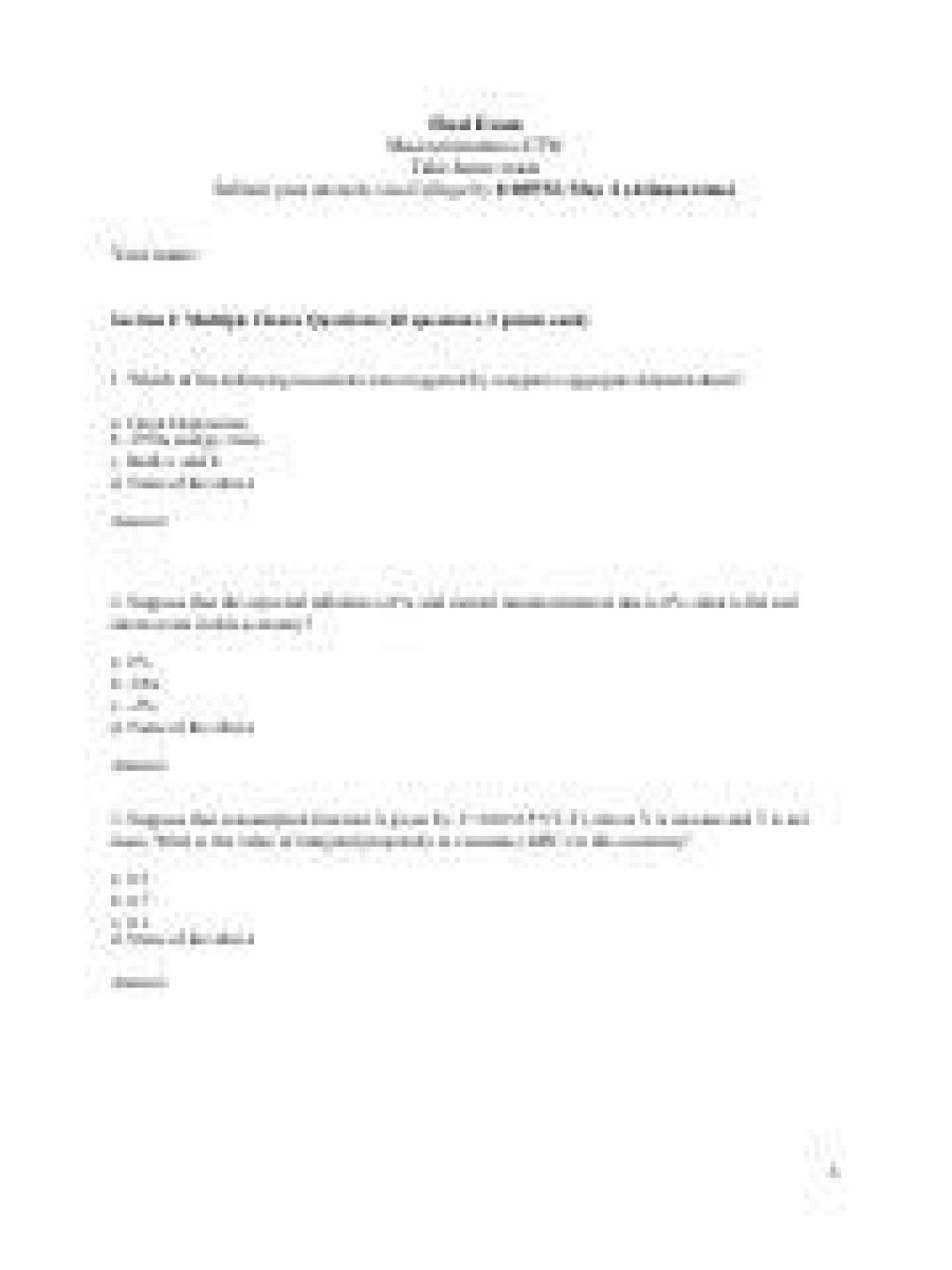Which of the following is an endogenous variable in the IS-LM model?
Which of the following is an endogenous variable in the IS-LM model?
Two endogenous variables: the level of output, and the interest rate. All firms produce the same good. Thus, we can look at the goods market in general without having to focus on the linkages across markets for different goods. The aggregate price level is constant at a predetermined level. .
What are the variables in the IS curve?
The IS curve shows the causation from interest rates to planned investment to national income and output. For the investment–saving curve, the independent variable is the interest rate and the dependent variable is the level of income.
Which variables are endogenous in the goods market model?
Examples of an Endogenous Variable
- Equilibrium in supply and demand. The equilibrium price and quantity in a supply and demand economic model is an endogenous variable.
- Income. In economic or statistical models that include income, it is considered to be an endogenous variable.
- Interest rate.
- Agriculture.
- Education.
Is consumption an exogenous variable?
Consumption is an endogenous variable. It depends on an other variable of the model (Y ). Figure: Consumption as a function of the disposable income. Investment is an exogenous variable.
Which variables are endogenous and which are exogenous?
Therefore, its values may be determined by other variables. Endogenous variables are the opposite of exogenous variables, which are independent variables or outside forces.
Which is the exogenous variable?
In an economic model, an exogenous variable is one whose value is determined outside the model and is imposed on the model, and an exogenous change is a change in an exogenous variable. In contrast, an endogenous variable is a variable whose value is determined by the model.
IS-LM model explained?
The IS-LM model appears as a graph that shows the intersection of goods and the money market. The IS stands for Investment and Savings. The LM stands for Liquidity and Money. The IS-LM model attempts to explain a way to keep the economy in balance through an equilibrium of money supply versus interest rates.
Is curve exogenous variable?
The DD curve depicts the relationship between changes in one exogenous variable and one endogenous variable within the goods and services (G&S) market model. The exogenous variable assumed to change is the exchange rate. The DD curve will shift, however, if there is a change in any of the other exogenous variables.
What are the endogenous and exogenous variables in this model?
Is the IS-LM a dynamic or a static model?
The multiplier effect arises in the textbook IS-LM model due to the static nature of the Keynesian consumption function, which assumes a positive relationship between consumption and current household income.
What is an exogenous model?
The exogenous growth model maintains that to grow an economy, factors or forces outside of the economy must be considered. This means that economic forces like population, capital investment, company of interest and some others do not fuel economic growth.
What are exogenous and endogenous variables in the IS-LM model?
Exogenous and endogenous variables in the IS-LM model In the IS-LM model the most important variables that we wish to explain are the level of production and income (Y) and the interest rate (i). These variables are our endogenous or dependent variables.
What are the three critical external variables in the IS-LM model?
The three critical exogenous – i.e. external – variables in the IS-LM model are liquidity, investment, and consumption. According to the theory, liquidity is determined by the size and velocity of the money supply.
What are exogenous variables in macroeconomics?
Exogenous variables are those variables that are independent from income (Y) and the interest rate (i). These are variables such as autonomous consumption, autonomous investment, the marginal propensity to consume, the nominal money supply, government spending and in this model taxes.
What is the difference between the Cross model and IS-LM model?
The main difference between the cross model and the investment saving, liquidity preference money supply (IS-LM) model is that the nominal interest rate is exogenous in the cross model but endogenous in the IS-LM model. In this chapter we will explain how the nominal interest rate is determined in the IS-LM.
